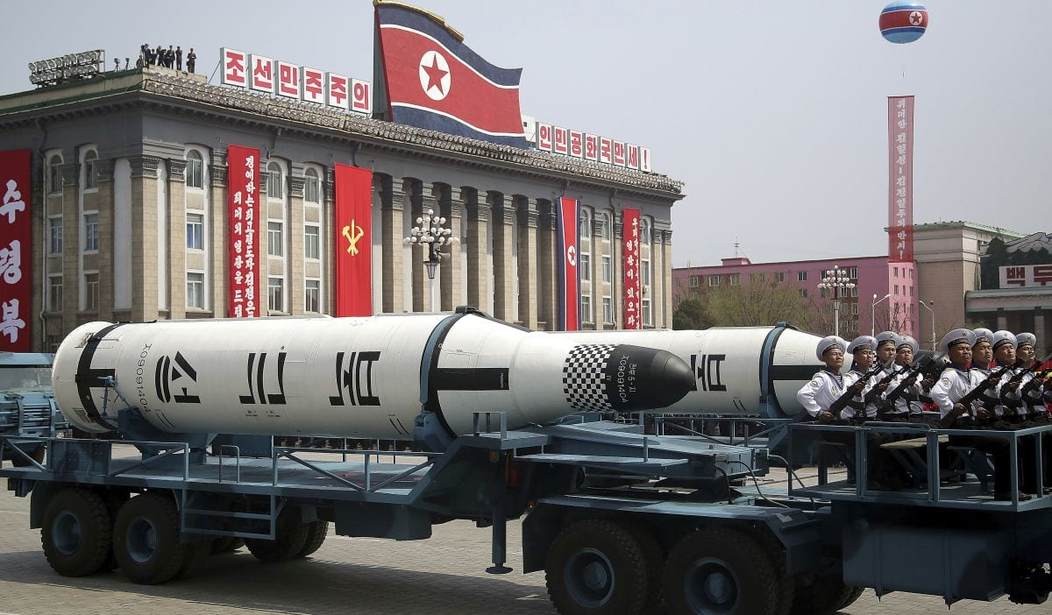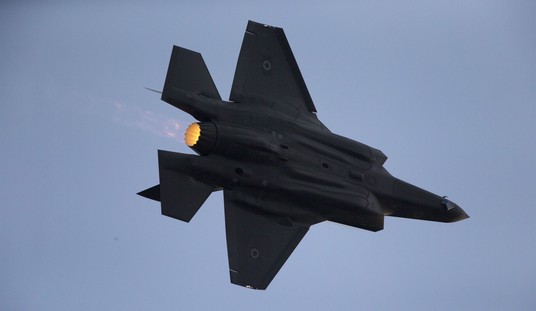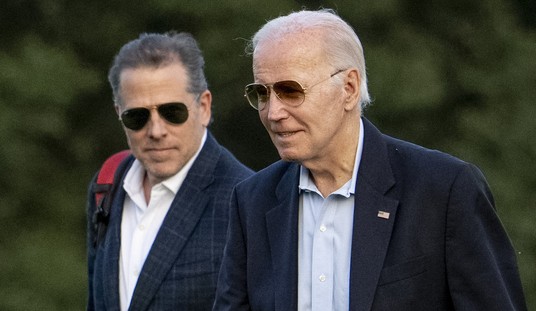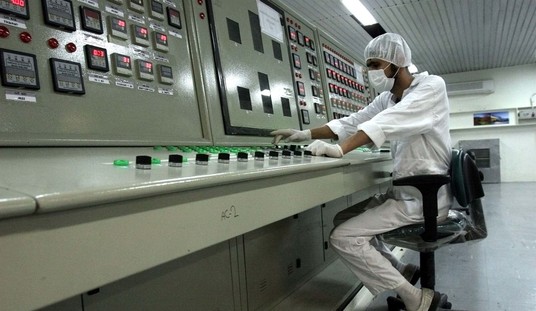North Korea is celebrating the 105th anniversary of the birth of its founder, Kim Il Sung, with the usual pomp and circumstance, including a gigantic parade showing off all the military hardware North Korean rulers have purchased while their citizens have gone hungry.
But western analysts noticed that there were several missiles that no one had seen before, demonstrating that Kim Jong Un’s regime is making steady progress toward developing missile systems that can hit any target in the world — including the U.S.
North Korea presented two of its newest model missiles at the parade in Kim Il Sung Square on Saturday, including the submarine-launched ballistic type it successfully fired last year and the land-based version it launched last month.
“And there were a lot of them,” said Melissa Hanham, an expert at the James Martin Center for Nonproliferation Studies in California. “The signal that they’re trying to send is that they are moving ahead with solid-fuel missiles.”
North Korea has been working on solid fuel — which, unlike liquid fuel, can be preloaded into missiles — as a way to fire missiles quickly to avoid prior detection by satellites.
Analysts were working to identify all the missiles that were shown off on Saturday, many of which appeared to have new paint jobs or be variants of known missiles.
One of the missiles looked similar to the KN-08 intercontinental ballistic missile that North Korea had included in previous parades. This missile has a theoretical range of about 7,500 miles, which is enough to reach all of the United States from North Korea, said Joshua Pollack, editor of the Nonproliferation Review.
It also put two ICBM canisters, which protect solid-fueled missiles from the effects of the environment, on the trucks that had carried the ICBMs previously. One may have been a KN-14, another missile capable of reaching the U.S. mainland, although it has a slightly shorter range.
The trucks that carried the missile canisters were Chinese ones that have been exported to North Korea’s Forestry Ministry but have shown up in military parades like this one.
Saturday’s display was worrying, Hanham said.
“They have an indigenous tank system now, so they have more launchers, and they have solid fuel, which means they can launch a lot more of these things in quick succession without having to refuel,” she said.
The overall message to the world was that North Korea was pressing ahead with its missiles and making technological progress.
The North Koreans were trying a little message sending of their own after a week of ominous U.S. moves, including sending a carrier task force to the region and some particularly stern rhetoric from the White House.
But even the new weapons aren’t much of a message unless the North Koreans have figured out how to marry a nuclear weapon to a missile. So far, that appears to be beyond their technological capability. But for how long? President Trump and his advisers believe it’s only a matter of time and that if they achieve that capability, it will be on his watch. Any hint that the Kim regime is close to success will almost certainly bring down the thunder from the U.S. military.
Trump’s choices have been forced upon him by predecessors who, for one reason or another, refused to take forceful action to prevent North Korea from becoming a full-blown nuclear power. Now that day is nearly here and the president will be required to accept the status quo or try to alter the strategic situation by the use of American military power.









Join the conversation as a VIP Member